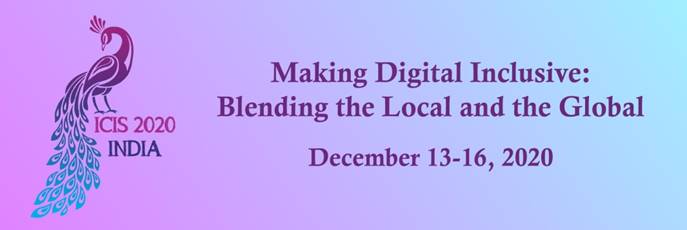Blockchain, DLT and Fintech
Loading...
Paper Type
Complete
Paper Number
1446
Description
This paper investigates how blockchain technology can improve information flows on empty container repositioning at an inter-organizational level in the shipping industry. By adopting a theory-generating design science research approach, we develop and evaluate an industry-wide blockchain artefact, named Greenbox Platform, where container owners can register, trade and share containers. It brings efficiency for shipping companies via cost reduction through minimizing the need for empty container repositioning, and effectiveness for leasing companies via container proof of ownership. The paper contributes to its application domain by a practical, theory-driven and novel application of blockchain technology to the shipping industry. Theorizing on its development and evaluation, the paper provides preliminary groundwork for two nascent design principles: 1) Explicitly define a structure of incentives for interorganizational and cross-industrial blockchain applications where stakeholders’ interests are not necessarily aligned; and 2) Consider environmental sustainability as a non-functional requirement in the development of a blockchain artefact.
Recommended Citation
Beck, Roman; Kildetoft, Mikkel Boding; and Radonic, Nebojsa, "Using Blockchain to Sustainably Manage Containers in International Shipping" (2020). ICIS 2020 Proceedings. 5.
https://aisel.aisnet.org/icis2020/blockchain_fintech/blockchain_fintech/5
Using Blockchain to Sustainably Manage Containers in International Shipping
This paper investigates how blockchain technology can improve information flows on empty container repositioning at an inter-organizational level in the shipping industry. By adopting a theory-generating design science research approach, we develop and evaluate an industry-wide blockchain artefact, named Greenbox Platform, where container owners can register, trade and share containers. It brings efficiency for shipping companies via cost reduction through minimizing the need for empty container repositioning, and effectiveness for leasing companies via container proof of ownership. The paper contributes to its application domain by a practical, theory-driven and novel application of blockchain technology to the shipping industry. Theorizing on its development and evaluation, the paper provides preliminary groundwork for two nascent design principles: 1) Explicitly define a structure of incentives for interorganizational and cross-industrial blockchain applications where stakeholders’ interests are not necessarily aligned; and 2) Consider environmental sustainability as a non-functional requirement in the development of a blockchain artefact.
When commenting on articles, please be friendly, welcoming, respectful and abide by the AIS eLibrary Discussion Thread Code of Conduct posted here.


